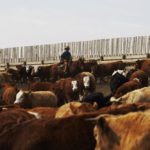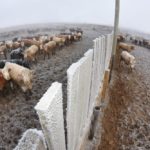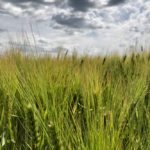MarketsFarm — Canada’s farmers will seed more wheat and less canola in the 2020 growing season, according to the first supply/demand estimates for the 2020-21 marketing year, released Thursday by Agriculture and Agri-Food Canada. Total seeded wheat area is forecast to rise to 25.77 million acres, from 25.02 million the previous year. Production is forecast […] Read more













